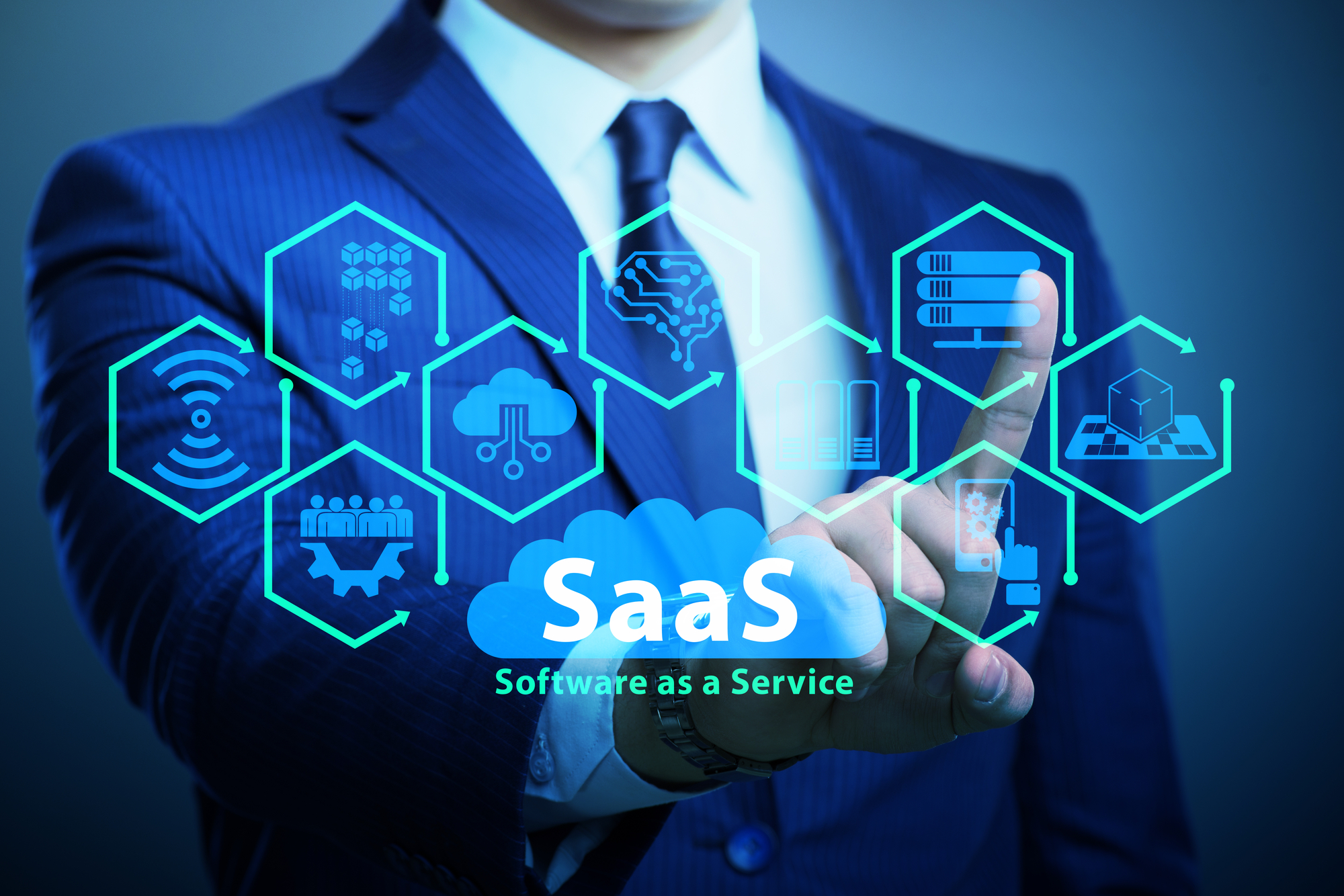
Summer is here with a bit of relaxing August time. But we all know what is coming later – the end of Q3 and Q4 with the end-of-year sales rallies. I can see this time is usually filled with very high sales and implementation activities in PLM projects. Today, I want to bring some of my thoughts and observations about where PLM sales and implementations are going and how SaaS is changing the trajectories of PLM sales.
Before jumping forward, I want to bring some of my older articles related to PLM sales. Check them out. PLM is slow and most of the problems in PLM sales are not changing. You can find them useful. Here is my favorite PLM sales cheat sheet. Also, check these three articles:
PLM Sales and implementations are tightly connected and the connection will increase with the introduction of SaaS tools. In a nutshell, the border between the two is blurring. Let’s talk about it more.
Top 3 PLM SaaS Sales Challenges
PLM sales were never an easy job. Practically until now, all PLM sales were purely focused on the large organization and followed the enterprise strategies including (1) developing trust; (2) tailoring solutions to customers’ needs and (3) demonstrating clear ROI.
- No experience in buying SaaS PLM
- Old-school PLM thinking
- Multiple stakeholders and a very long sales cycle
The first thing you do is forget everything you think people know about SaaS. Although the number of modern digital organizations is growing, when it comes to product lifecycle management, your sales teams will be facing an old fashion organization with business processes largely not familiar with SaaS applications and best practices. Although champions are typically familiar with SaaS tools, going deep into operations, engineering, and other production roles, you will not see a lot of SaaS-minded people, so expect hard work.
In the world of SaaS, companies typically lead with a solution and tools that are available immediately and lead the sales process. With PLM sales, you will be challenged to lead by providing value first. Before driving into product pitches and demos, be ready to speak about valuable insights, and trends, demonstrate your expertise and value prop.
Because of multiple stakeholders, a communication process during the PLM sales process is extremely important. It is critical to address concerns and misunderstandings promptly before they developed into larger issues and concerns.
To sum up, every new enterprise PLM customer is a new special challenge. This is one of the main reasons why PLM sales are hard to scale and it requires complex sales teamwork.
PLM Adoption and SaaS Implementations
In my view, SaaS brings a new era in PLM sales and implementation. Here are the main advantages of modern SaaS PLM tools that can change the trajectory of PLM sales related to adoption and implementation:
- Reduced initial implementation time and quick initial availability make SaaS tools easy to evaluate. These factors lead to fast PLM assessment and PLM evaluations.
- Ease of integration and standard REST API gives improved capabilities to demonstrate how SaaS PLM tools can become part of the existing company software landscape.
- Collaboration capabilities allow to simplify the process of solution accessibility for broader groups of users in a company.
However, even though SaaS PLM tools provide new ways to implement and introduce organizations to PLM systems, there are things SaaS cannot change such as business alignment and education. I will speak about these two elements of PLM implementation. If you’re in the PLM SaaS business, here are four things you can think about to accelerate your PLM sales:
- Invest in education to help organizations to understand PLM concepts, and value and to develop adoption and implementation strategies focused on the improved adoption rate
- Hands-on experience. Make PLM tools seamlessly available to organizations during evaluation time and research. Ease of access can help companies to learn about what they need.
- Bring examples of implementation techniques and best practices to lead companies to learn about the capabilities of SaaS tools.
- Ease of phased implementation approach. It is much easier to implement and adopt PLM in “small steps”. Agile new product development methods are a big help to make the customer experience better and simplifying product lifecycle management (PLM) implementations.
What is my conclusion?
SaaS-based PLM technologies are changing how organizations adopt PLM. Through SaaS, the exposure and understanding of PLM tools are evolving, facilitating quicker learning and showcasing their value. The benefits of easy accessibility, enhanced integrations, and advanced collaboration features pave a new path for companies to comprehend its potential, simplify data handling, and optimize processes. Concurrently, education emerges as a crucial component to expedite the PLM sales journey. Modern education relies on tools availability and new adoption patterns that include more hands-on activities and simplify the path to learning more about PLM. Just my thoughts…
Best, Oleg
Disclaimer: I’m co-founder and CEO of OpenBOM developing a digital thread platform including PDM/PLM and ERP capabilities that manages product data and connects manufacturers, construction companies, and their supply chain networks. My opinion can be unintentionally biased.












